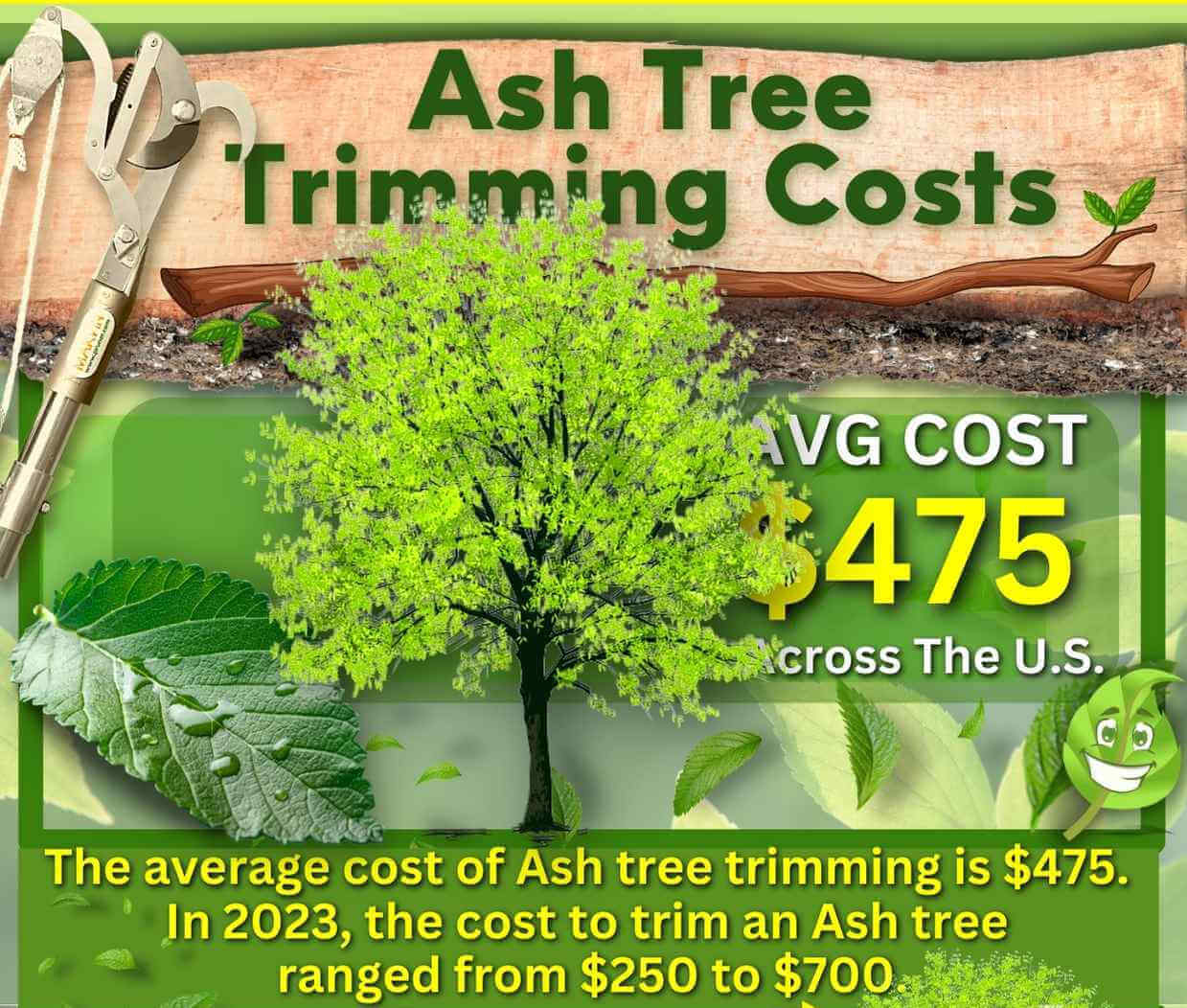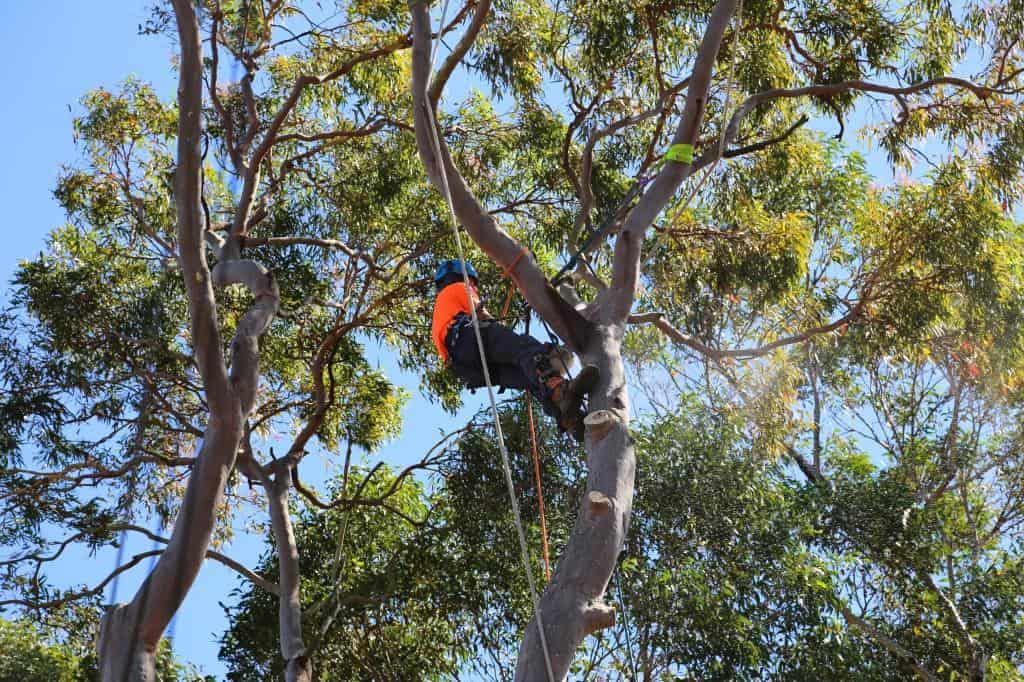Featured
Table of Contents
- – Best Value Stump Grinding In Ham Lake, MN
- – Ham Lake, MN Tree Clearing Modernization Costs
- – Ham Lake, MN Tree Removal Pricing FAQ
- – Ham Lake, MN Arborist Service Costs
- – Understanding Tree Trimming Costs In Ham Lake...
- – Essential Tree Service Prices In Ham Lake, MN
- – Should You Hire A Tree Cutting In Ham Lake, MN?
- – Ham Lake, MN Tree Service Prices: Complete G...
- – Outdoor Tree Service Costs In Ham Lake, MN
- – How To Budget For An Tree Removal In Ham Lak...
- – How To Get Fair Tree Clearing Prices In Ham ...
- – Ham Lake, MN: Average Tree Cutting Prices
- – Comparing Tree Service Prices In Ham Lake, MN
- – Compare Stump Removal Costs In Ham Lake, MN
- – What To Expect To Pay For An Arborist In Ham...

The subsections below offer more detailed info about rates, consisting of an average variety for each. TypeAverage Elimination CostPineConiferPalmMagnoliaArborvitaeAshCedarSweet GumEucalyptusSycamoreCypressOakMaplePoplar You can expect to pay between to get rid of a pine, depending upon its size. Eliminating a pine is one of the more budget-friendly tasks unless it is one that has been around for years and is rather big.
Best Value Stump Grinding In Ham Lake, MN
Pines likewise have a tap root that grows deep into the soil, which can prove to be more difficult to eliminate. The procedure itself involves a specialist cutting the tree, clearing the base, cutting the surface area roots, removing the stump, and lastly dealing with the soil. Without a professional hand, you run the risk of leaving pine seedlings behind, which will fall from the roots of distressed pines.
Ham Lake, MN Tree Clearing Modernization Costs
The U.S. nationwide average for conifer elimination is approximately to have the conifer cut down, hauled away, and the stump ground or removed totally. Conifers are usually simpler to remove, and although they can grow rather tall, they do not cost a fortune to remove. Conifers consist of pine, spruce, fir, and juniper trees.
Ham Lake, MN Tree Removal Pricing FAQ
While conifers are lovely, they kill native plants and specific kinds of grass. This is due to the fact that they need a great deal of water and nutrients to endure, so they leach it off surrounding plants. They likewise have an extensive network of roots, which can impact your home's foundation. The average rate of palm removal depends on the height as much as the type, ranging from.
Ham Lake, MN Arborist Service Costs
That is why it is very important to understand which type you are removing. While you do not need an herbicide to kill a palm tree, there are some actions your elimination professional will have to take to make sure the job is done correctly. There are 2 ways they can get rid of them: by slicing them down or digging them up.
Understanding Tree Trimming Costs In Ham Lake, MN
From there, they get rid of the real tree and then the stump. Expect to pay in between to eliminate this type of tree, depending on the specific size and information of the job.
Essential Tree Service Prices In Ham Lake, MN
There are three types: green, white, and black ash. White ash is known for its lots of colors. With its gray-tinged bark, its leaves are green or purple in the spring and golden yellow or purplish-red in the fall. They enjoy moderate climates and great deals of sun. The green ash is named such due to its green or yellow foliage.
Should You Hire A Tree Cutting In Ham Lake, MN?

However, the bark is softer, and it blooms later in the year. Due to the variation in height, the removal price difference is large from. A coniferous, evergreen tree, the cedar is a sturdy types. Real cedars enjoy higher elevations, mainly in the Himalayas and the Mediterranean. A true cedar can grow as high as 160 feet in height and is frequently planted in the United States as a landscape choice.
Ham Lake, MN Tree Service Prices: Complete Guide
The development of incorrect cedars varies from 50 feet approximately 230 feet high. Homeowners might pay anywhere from, depending upon the roots. With star-shaped leaves and sensational fall colors, the sweet gum is considered a medium to big tree. Delighting in full sun, the sweet gum can not tolerate pollution.
Outdoor Tree Service Costs In Ham Lake, MN
Usually, it costs between to eliminate a eucalyptus. Eucalyptus are not typical all over, but they are quite large compared to others, which is why even the smaller ones are so costly to remove.
How To Budget For An Tree Removal In Ham Lake, MN
There are a handful of ways to do this, including burning, pulling, grinding, or killing them with herbicide. Anticipate to pay between to remove sycamores, based upon the height, trunk size, and quantity of work involved. Sycamores are one of the largest wood trees, usually varying from 60 to 100 feet high and as large as 15 feet.
How To Get Fair Tree Clearing Prices In Ham Lake, MN
The very first 2 steps will expose the withins of the tree and cut off the flow of nutrients up the trunk. From there, an expert uses herbicide to kill the tree and cuts down the trunk.
Ham Lake, MN: Average Tree Cutting Prices
There are many different kinds of Cypress trees, but the most prevalent are the Leyland, Arizona, Bald, and Italian. The Bald Cypress grows in swampy or very damp locations while the others enjoy a dry, warm, or hot climate (tree clearing). They can grow as high as 80 to 100 feet high
Comparing Tree Service Prices In Ham Lake, MN

Prone to illness, the Cypress is among the most valued woods for furnishings. The average oak grows to around 60 feet, and depending upon the intricacy of the removal, it costs an average of to get rid of. The precise size of your oak and the effort required to fell it affect what you will actually spend for elimination together with any additional services like stump grinding.
Compare Stump Removal Costs In Ham Lake, MN
Access to the trees and the roots will likewise affect the total cost. Maples are typically among the more expensive trees to remove because of their size and the work involved in the removal.
What To Expect To Pay For An Arborist In Ham Lake, MN
Poplars are giants of the species. Growing as high as 90 to 115 feet, these huge lumbers are mainly found in North America and consist of the aspen, cottonwood, and balsam trees. Boasting an expansive root system, poplars can be pricey to get rid of when completely grown. The procedure to remove trees involves all the cutting and cutting of the branches and trunk, bringing it down to a stump.
Table of Contents
- – Best Value Stump Grinding In Ham Lake, MN
- – Ham Lake, MN Tree Clearing Modernization Costs
- – Ham Lake, MN Tree Removal Pricing FAQ
- – Ham Lake, MN Arborist Service Costs
- – Understanding Tree Trimming Costs In Ham Lake...
- – Essential Tree Service Prices In Ham Lake, MN
- – Should You Hire A Tree Cutting In Ham Lake, MN?
- – Ham Lake, MN Tree Service Prices: Complete G...
- – Outdoor Tree Service Costs In Ham Lake, MN
- – How To Budget For An Tree Removal In Ham Lak...
- – How To Get Fair Tree Clearing Prices In Ham ...
- – Ham Lake, MN: Average Tree Cutting Prices
- – Comparing Tree Service Prices In Ham Lake, MN
- – Compare Stump Removal Costs In Ham Lake, MN
- – What To Expect To Pay For An Arborist In Ham...
Latest Posts
Competitive Tree Removal Prices In Maple Valley, WA
What's Included In A Stump Grinding Quote In Brownsville, FL
Latham, NY Stump Removal Price Ranges
More
Latest Posts
Competitive Tree Removal Prices In Maple Valley, WA
What's Included In A Stump Grinding Quote In Brownsville, FL
Latham, NY Stump Removal Price Ranges